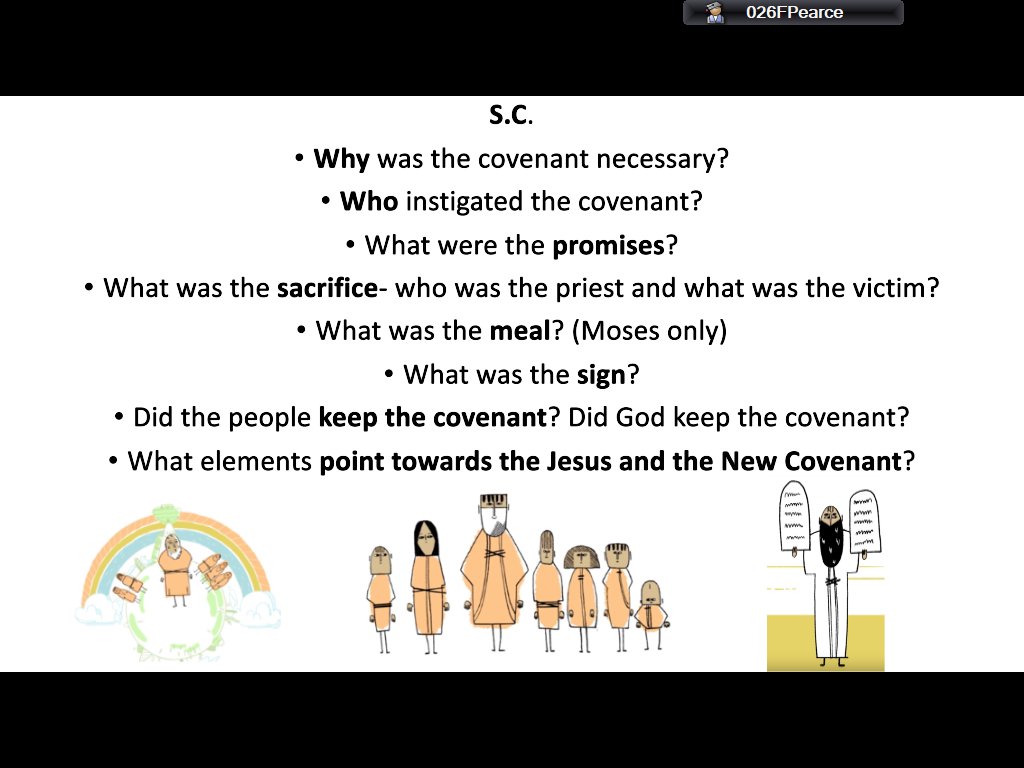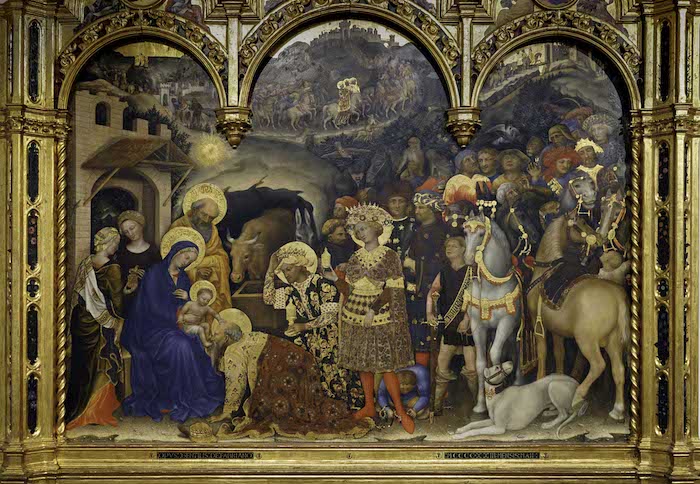The Grotto at St Dominic’s – A Focal Point for Faith
The Grotto has been a gathering point at St Dominic’s for 5 years now but has grown significantly in importance since the presence of lockdowns. Since COVID hit in the UK in March 2020, places of worship have been closed and parishioners have been unable to gather as a community to practice their faith, so the Grotto has been a focal point for people to stay connected to their religion. The grotto has been a peaceful place for parishioners to safely visit in these times and provides an outlet to reflect, pray and seek the intercession of Mary. There is a serene atmosphere surrounded by plants and benches to allow people to sit and worship the statue of Our Lady. It allows people to feel secure in an environment surrounded by faith in a time when gathering in solidarity is exceedingly difficult.
5 years now but has grown significantly in importance since the presence of lockdowns. Since COVID hit in the UK in March 2020, places of worship have been closed and parishioners have been unable to gather as a community to practice their faith, so the Grotto has been a focal point for people to stay connected to their religion. The grotto has been a peaceful place for parishioners to safely visit in these times and provides an outlet to reflect, pray and seek the intercession of Mary. There is a serene atmosphere surrounded by plants and benches to allow people to sit and worship the statue of Our Lady. It allows people to feel secure in an environment surrounded by faith in a time when gathering in solidarity is exceedingly difficult.
The focal point of the Grotto is the statue of Our Lady, so anyone that comes to the grotto stops to worship and appreciate it. Many people visit every day, each with individual reasons. Some people visit the grotto whilst out a walk with family or friends and sit together to pray whilst adoring the statue of Mary. This gives people a holy destination to visit together and encourages families to take time out of their day to unite in faith. Others visit the grotto alone to pray the rosary at the foot of Mary, or to say their own prayers which hold importance to them. When asked about the impact of the availability of the grotto to people in these times, Fr Monaghan, Parish Priest of St Dominic’s, said “When people are unable to come to Mass the Grotto has become a focal point for prayer and also a mini pilgrimage place when people are out for their walks. People desire to be close to Jesus and by faith we know Mary takes us to her son, so they readily come to pray to Mary whom the Grotto is dedicated to.” It has been clear that the Grotto has encouraged people through these difficult times and the community have clearly appreciated and valued having a place to go to be close to God, whether they quickly stop and pray whilst passing by, or sit down and fully indulge in the serenity of the surrounding nature and presence of Mary.
In times of social distancing, face masks and staying at home, the feeling of solidarity is more difficult to find than ever, but also more important. Even though St Dominic’s church may not be open, the Grotto outside can give people a feeling of familiarity and consistency as it can be a place for people to visit daily, to remind them that although the world is full of uncertainty right now, God will always be constant in their life. Another aspect of the grotto that helps to achieve this feeling of unity, is the online devotions that Fr Monaghan leads from it.
Fr Monaghan has been leading online devotions from the Grotto which has helped to allow people to practice as a community and be together virtually to engage in prayer. This also means people can visit and appreciate the grotto without physically visiting it, if they are unable to for any reason. The online devotions are a new addition to the practice of the church but have been valuable and brought a more fruitful experience of the faith during these unprecedented times. Fr Monaghan has received a lot of positive feedback regarding the online devotions, “Parishioners tell me that when they get the message on their phones that there is a livestream they stop what they are doing and join in the prayers. It also gives a moment for the parishioners to greet each other online and in the messages.” This makes it evident that the people joining in the live streams appreciate the extra efforts of Fr Monaghan to keep the faith alive during the lockdowns and to make everyone feel like they are practicing together as a community united in faith, and also gives people hope that they will get to be together physically in church again one day.
Fr Monaghan offers different services online from the grotto, or from home if necessary, and people are eager to join in. He livestreams Mass which people can watch real time or can watch later on. He also leads a decade of the Rosary from the grotto which people can join in, a different mystery of the rosary is usually prayed each session to allow people to follow along easily and clearly, in the midst of their daily lockdown life. Other relevant prayers are often said too, such as prayers for the Faithful Departed. These devotions are often done on feast days, for example a rosary was led from the grotto on the feast day of Our Lady of Fatima. Fr Monaghan also added prayers to the Sacred Heart of Jesus in the month of June as this is the traditional devotion for this month. All of these different services contribute to the quality of the practice of faith from home, and each one brings parishioners closer to God.
Overall, the Grotto has kept people connected to their faith during these lockdowns and has provided a central area for people to dedicate their time for reflection and prayer in a time when maintaining a strong relationship with God is so important.
By Rachel and Rose, S6 Caritas Award
























